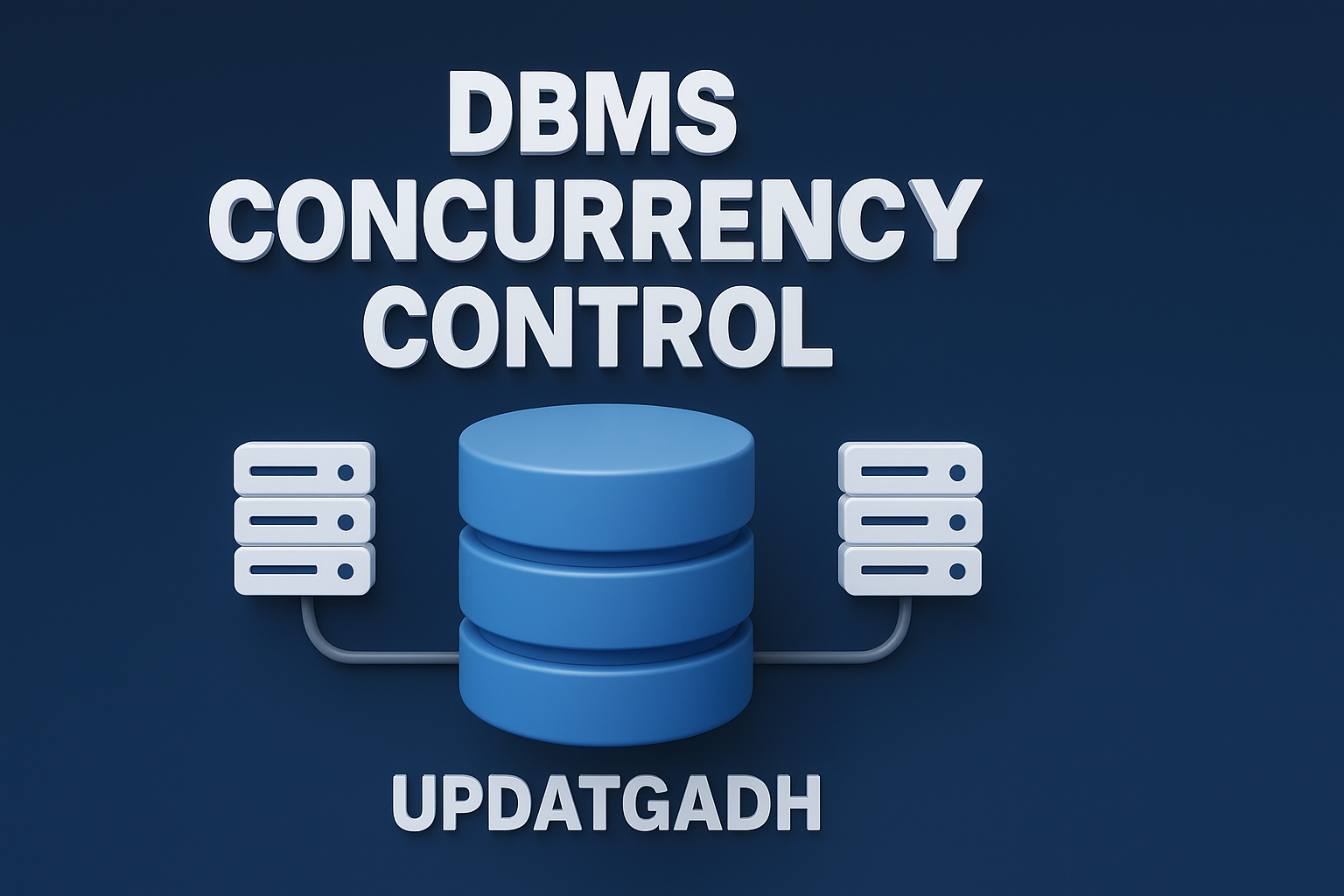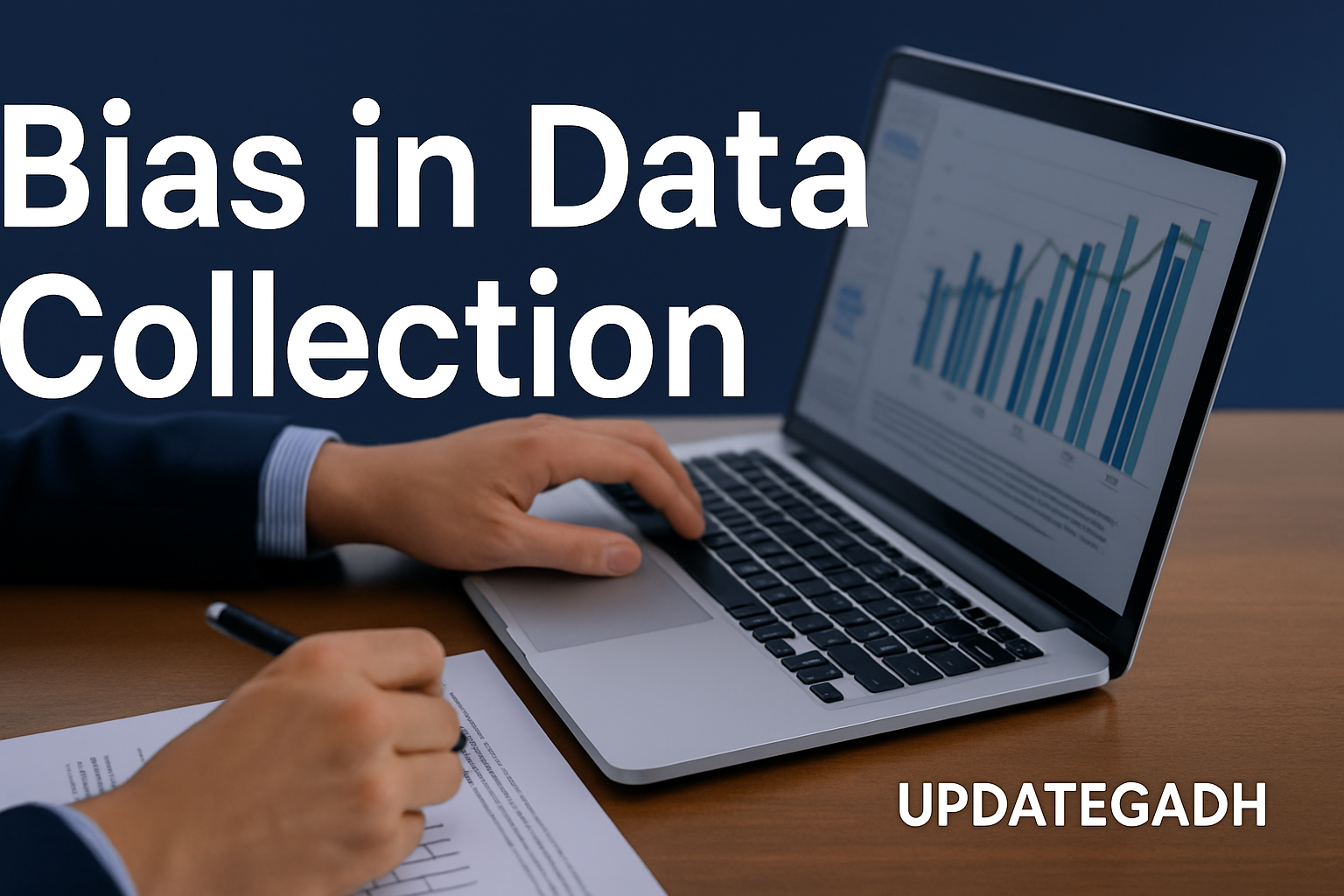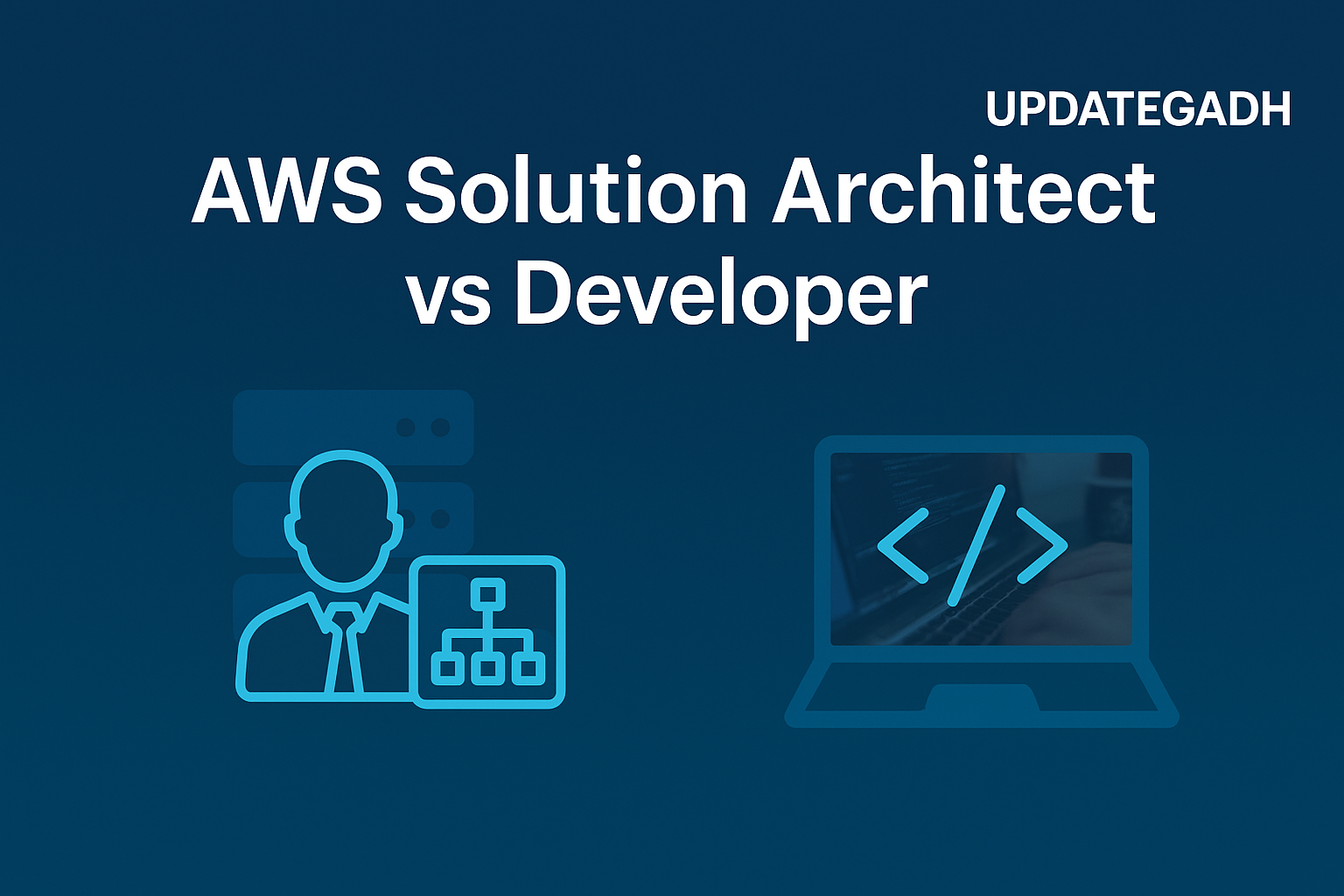
Pandas vs SQL for Data Analysis
Pandas vs SQL for Data Analysis
In the world of data analysis, both Pandas and SQL are powerhouse tools. Whether you’re cleaning messy datasets, running queries, or building machine learning features, chances are you’re using one—or both—of them. But which tool is right for what task? And how can they complement each other? This article explores Pandas and SQL in depth, comparing their strengths, use cases, and how they can work together in a modern data analyst’s toolkit.
Complete Python Course with Advance topics:-Click Here
SQL Tutorial :-Click Here
Machine Learning Tutorial:-Click Here
What is Pandas?
Pandas is an open-source data manipulation and analysis library for Python, developed by Wes McKinney in 2008. Built on top of NumPy, Pandas is designed to make data wrangling fast, flexible, and expressive.
🔑 Key Features of Pandas
- Data Structures:
Series: A one-dimensional labeled array.DataFrame: A labelled data structure with two dimensions that resembles a SQL table or spreadsheet.
- Data Manipulation:
- Cleaning: Deal with data type conversions, duplication, and missing values.
- Transformation: Filter, group, reshape, merge, and aggregate data effortlessly.
- Time Series Support: Includes date and time functionalities for time-based data analysis.
- Input/Output Support:
- Works with a variety of data formats including CSV, Excel, JSON, and SQL databases.
- Integration:
- Interacts with other Python libraries, such as Scikit-learn, Matplotlib, and NumPy, with ease.
- Performance:
- Optimized for in-memory operations, enabling fast computation on moderately large datasets.
✅ Why Use Pandas?
- User-Friendly: Clean, Pythonic syntax for complex operations.
- Highly Flexible: Ideal for diverse data formats and manipulations.
- Exploratory Analysis: Perfect for working in environments like Jupyter notebooks.
- Rich Ecosystem: Supported by extensive documentation and a thriving community.
📌 Common Use Cases
- Cleaning and preprocessing data.
- Exploratory Data Analysis (EDA).
- Data reshaping and transformation.
- Feature engineering for machine learning models.
What is SQL?
The preferred language for communicating with relational databases is SQL (Structured Query Language). Created in the 1970s, SQL has stood the test of time and remains the backbone of database querying and management across platforms like MySQL, PostgreSQL, SQL Server, and Oracle.
🔑 Key Features of SQL
- Data Retrieval:
SELECTqueries to fetch and filter data.
- Data Manipulation:
INSERT,UPDATE, andDELETEstatements for modifying table records.
- Data Definition:
- Database schemas can be managed using CREATE, ALTER, and DROP.
- Data Control:
- To control user permissions, use GRANT and REVOKE.
- Transaction Control:
- Support for
BEGIN,COMMIT, andROLLBACKto ensure data integrity.
- Support for
- Complex Querying:
- Supports joins, subqueries, aggregations, and nested queries.
✅ Why Use SQL?
- Scalable: Designed for querying massive datasets stored on disk.
- Reliable: Offers strong consistency and integrity through ACID compliance.
- Ubiquitous: Standardized across relational database systems.
- Efficient: Optimized query execution and indexing for high performance.
📌 Common Use Cases
- Extracting data for reports and dashboards.
- Managing relational databases.
- Data warehousing and integration.
- Supporting transactional applications with multiple users.
Pandas vs SQL: A Side-by-Side Comparison
💡 Ease of Use
| Feature | Pandas | SQL |
|---|---|---|
| Syntax | Pythonic, imperative | Declarative |
| Learning Curve | Gentle for Python users | Steeper for non-DB users |
| Interactivity | Ideal for notebooks | Better for static queries |
⚡ Performance
| Feature | Pandas | SQL |
|---|---|---|
| Processing | In-memory | Disk-based |
| Scalability | Limited by RAM | Designed for large datasets |
| Optimization | Vectorized ops via NumPy | Query optimization via DB engine |
🔄 Flexibility
| Feature | Pandas | SQL |
|---|---|---|
| Transformations | Highly flexible | Limited without procedural logic |
| Data Formats | CSV, JSON, Excel, SQL, etc. | Structured tabular format only |
| Schema | Schema-less | Fixed schema |
🌐 Data Environment
| Feature | Pandas | SQL |
|---|---|---|
| Use Case | Local, interactive analysis | Production systems, multi-user access |
| Ideal Tool | Exploratory and ad-hoc analysis | Transaction-heavy, persistent storage |
| Integration | Python ecosystem | BI tools, data pipelines |
When to Use What?
✅ Use Pandas when:
- You’re doing exploratory data analysis (EDA).
- You need to clean and reshape data locally.
- Your dataset fits comfortably in memory.
- You’re working with diverse formats like CSV, Excel, or JSON.
✅ Use SQL when:
- You need to query large databases efficiently.
- You’re performing complex joins or aggregations.
- You’re managing structured data in relational databases.
- You need transactional control and multi-user consistency.
🚀 Why Not Both? Combining Pandas & SQL
Pandas and SQL are frequently used in tandem by analysts to increase productivity:
- Extract with SQL: To extract just the information you require from big databases, use SQL.
- Analyze with Pandas: Load the result into a Pandas DataFrame to clean, transform, and visualize.
- Build Workflows: Combine them in Jupyter notebooks or Python scripts for powerful, end-to-end data workflows.
💡 Example:
Use SQL to pull aggregated sales data by region. Load it into Pandas to generate charts and build custom KPIs.
Download New Real Time Projects :-Click here
Complete Advance AI topics:- CLICK HERE
Final Thoughts
Both Pandas and SQL are essential tools in the data analyst’s arsenal. While SQL shines in structured, large-scale, production environments, Pandas excels in flexible, interactive, and in-memory data analysis.
Knowing when and how to use each—or both—can significantly boost your efficiency and accuracy as a data professional. Whether you’re querying massive tables or reshaping datasets on the fly, mastering these tools will elevate your data game.
pandas vs sql cheat sheet
sql vs pandas performance
pandas sql query example
pandas dataframe sql
pandas dataframe sql query
polars vs pandas
sql to pandas converter
pandas vs sql reddit
pandas vs sql for d reddit
pandas vs sql for d examples
pandas vs sql for d oracle
pandas vs sql for d interview questions










Post Comment